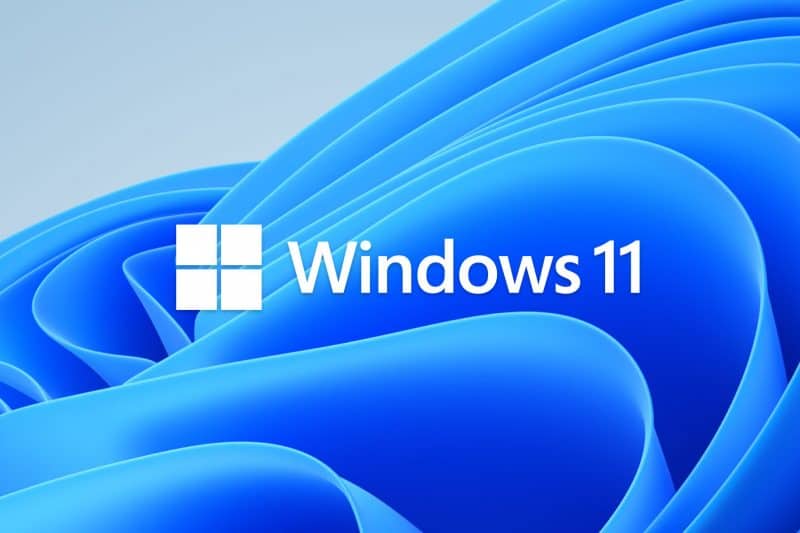If your Windows 11 PC is slow, unresponsive, or constantly lagging, and Task Manager shows “100% Disk Usage,” you’re not alone. This frustrating issue affects many users—even on modern SSDs—and it can have several causes. Fortunately, there are proven solutions that can help you fix it and restore smooth performance.
Below is a detailed breakdown of what causes this problem and a step-by-step guide to resolving it. Whether you’re a casual user or an advanced PC enthusiast, these methods will walk you through every fix worth trying.
What Causes 100% Disk Usage in Windows 11?
This issue occurs when your hard drive or SSD is constantly working at or near full capacity, even when you’re not running heavy applications. Common causes include:
- Windows Search indexing running in the background
- Superfetch/SysMain service consuming too many resources
- Antivirus software over-scanning or clashing with system processes
- Outdated or buggy drivers
- Too many startup programs
- Corrupted system files
- Background apps or scheduled tasks like OneDrive or Chrome preloading
- Faulty or slow hard drives (especially HDDs)
Step-by-Step Fixes for 100% Disk Usage in Windows 11
🧰 Step 1: Check Task Manager
- Press
Ctrl + Shift + Escto open Task Manager. - Click the Processes tab.
- Sort by Disk to see which apps are using the most disk activity.
- If you see a specific app hogging disk resources, end the task and take note—it might need to be reconfigured or uninstalled.
🔍 Step 2: Disable Windows Search Indexing (Temporarily or Permanently)
Windows Search can sometimes cause excessive disk activity.
To temporarily disable:
- Open Command Prompt as Administrator.
- Type:
net.exe stop "Windows Search" - Press Enter.
To disable it permanently:
- Press
Windows + R, typeservices.msc, and hit Enter. - Scroll down to Windows Search.
- Right-click > Properties.
- Set Startup Type to Disabled, then click Stop and OK.
⚙️ Step 3: Disable SysMain (Superfetch)
This service is meant to improve performance, but it often does the opposite.
- Press
Windows + R, typeservices.msc, and press Enter. - Scroll to SysMain, right-click, and choose Properties.
- Click Stop, then set Startup Type to Disabled.
- Click OK.
🔐 Step 4: Check for Malware or Overactive Antivirus
Some antivirus tools aggressively scan files, which causes high disk usage.
- Run a full malware scan using Windows Defender or another trusted tool.
- Consider temporarily disabling real-time protection (especially third-party antivirus) to see if the issue improves.
- If you’re using a third-party antivirus and suspect it’s the issue, try uninstalling it and using Windows Defender instead.
🛠️ Step 5: Update All Drivers and Windows
- Right-click Start > Device Manager.
- Expand Disk Drives, right-click your disk, and choose Update driver.
- Update Storage controllers, IDE ATA/ATAPI controllers, and AHCI drivers.
- Also update Windows through Settings > Windows Update.
Buggy or outdated drivers—especially for storage—can cause 100% disk usage spikes.
📦 Step 6: Disable Startup Apps
- Open Task Manager.
- Go to the Startup apps tab.
- Disable unnecessary apps like Spotify, OneDrive, Adobe services, etc.
- Reboot your PC and check if performance improves.
🧹 Step 7: Run System File Checker & DISM
Corrupted system files can lead to background issues.
- Open Command Prompt as Administrator.
- Run the following commands one by one:
sfc /scannowThen:DISM /Online /Cleanup-Image /RestoreHealth - Restart your computer when finished.
💽 Step 8: Switch to High Performance Power Plan
- Press
Windows + R, typecontrol, and press Enter. - Go to Power Options > Show additional plans.
- Select High Performance (or Ultimate Performance if available).
- Reboot.
This can help reduce background throttling of disk operations.
☁️ Step 9: Pause or Limit OneDrive Sync
OneDrive syncing large files can spike disk usage.
- Click the OneDrive icon in the system tray.
- Click Settings > Sync and backup.
- Under Sync settings, either pause syncing temporarily or deselect folders that don’t need to be synced.
🧊 Step 10: Disable Background Apps
- Go to Settings > Apps > Installed Apps.
- Click the three dots next to apps you don’t use and select Advanced options.
- Under Background app permissions, set it to Never.
Do this for multiple unused apps to reduce disk activity.
What If Nothing Works?
If you’ve tried all the above and you’re still seeing 100% disk usage, you may be dealing with hardware issues—especially if you’re using a mechanical hard drive (HDD).
Try the following:
- Run CHKDSK:
Open Command Prompt as Administrator and run:chkdsk C: /f /r - Replace Your Drive:
Consider upgrading from an HDD to an SSD. This alone can eliminate most disk usage bottlenecks and dramatically improve speed. - Clean Install Windows:
If you’ve ruled out hardware and nothing fixes it, a fresh install might be the best option to remove legacy bloat, malware, or registry corruption.
Final Tip: Monitor Disk Usage Over Time
After each change, check Task Manager again to see if disk usage drops. If it does, you’ve likely found the culprit. If not, keep working through the steps until performance stabilizes.
Fixing 100% disk usage on Windows 11 takes a bit of patience, but these solutions are time-tested and cover the most common scenarios. Once resolved, your system should run faster, quieter, and more responsively.
Key Takeaways
- High disk usage slows down Windows 11 PCs.
- Disabling Windows Search and Sysmain helps reduce disk usage.
- Turning off scheduled defragmentation can improve performance.
Diagnosing High Disk Usage in Windows 11
Identifying why disk usage in Windows 11 hits 100% is crucial to restore system performance. This can be done by checking resource-intensive processes, analyzing system performance, and reviewing startup programs.
Using Task Manager to Identify Resource-Intensive Processes
Open Task Manager by pressing Ctrl + Shift + Esc. Navigate to the Processes tab. If disk usage is high, sort by the Disk column to bring the highest-consuming processes to the top.
Look for any third-party applications that might be using an unusual amount of resources. Select these processes and click End Task. This step can help free up the disk and reduce usage significantly.
Analyzing System Performance and Health
Windows 11 provides built-in tools to check the health and performance of your system. Windows Security offers a performance monitor that can alert to potential issues. Open it and navigate to Device performance & health.
Here, you can run SFC (System File Checker) and DISM (Deployment Imaging Service and Management Tool) scans. These will identify and repair corrupted system files. Run chkdsk to scan the disk for errors and fix them. Regular use of these tools can keep your system running smoothly.
Reviewing Startup Programs and Services
Many programs start automatically when you boot up your computer, which can affect disk usage. Go to Task Manager and click on the Startup tab. Review the list of programs and disable the ones you don’t need.
Additionally, services like Sysmain can sometimes cause high disk usage. Open the Services app by typing services.msc in the Run dialog. Find Sysmain and set its Startup type to Disabled. This can have a noticeable impact on reducing disk usage.
Monitoring, analyzing, and adjusting these settings will help diagnose high disk usage more effectively.







